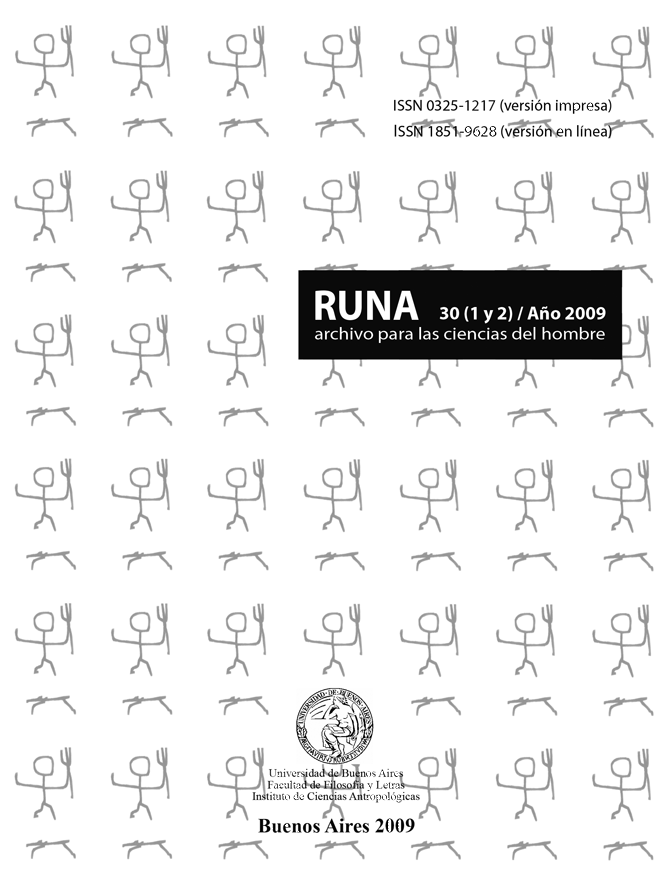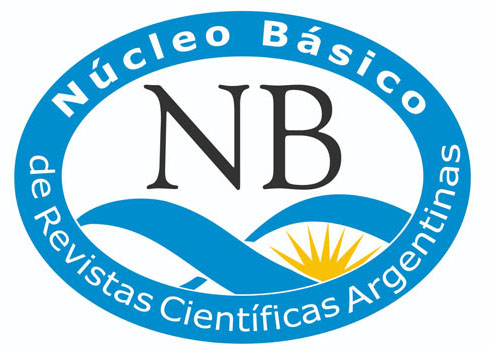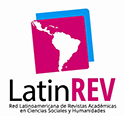Explicando o Paleoamericano e a sua provável extinção por meio de inferências comparativas e experimentais
Resumo
A partir de estudos anteriores, iniciou-se uma busca pontual de supostos crânios Paleoamericanos e Ameríndios, presentes na base crânio-funcional América 12.sys de dados craniométricos destinada ao continente americano. Foram estudadas 49 amostras subdividas em grupos de 7, as quais compõem a base mencionada. O primeiro resultado obtido foi que somente duas amostras paleoamericanas (Pericues y Algonquinos) apresentaram 100% dos crânios com características próprias dos Paleoamericanos. As cinco amostras restantes (Lagoa Santa, Lauricocha, Aguazuque, Checua, Tequendama-Mosquera) incluíram crânios de traços Paleoamericanos, todas elas com proporçoes variáveis de componente Ameríndio. Os resultados obtidos indicaram que: a) Os Paleoamericanos no início do experimento representavam 100% das amostras estudadas, sendo que no final do processo representavam 2.4%; b) Este processo não foi brusco, mas sim progressivo, fez-se efetivo ao longo de sete etapas, e demandou uma simulação para se chegar a um ponto próximo de zero Paleoamericanos, atribuindo 97.6% de saturação Ameríndia, o que implica ser uma causa provável da rápida extinção dos Paleoamericanos - como propõe o modelo.Downloads

Runa, archivos para las ciencias é uma publicação do Instituto de Ciencias Antropológicas, Facultad de Filosofía y Letras, Universidad de Buenos Aires e é distribuída sob o título Creative Commons Attribution 4.0 International License.
Runa mantém o seu compromisso com as políticas de Acesso Aberto à informação científica, considerando que tanto as publicações científicas como a investigação financiada com fundos públicos devem circular livremente na Internet, gratuitamente e sem restrições.
Os conteúdos e opiniões expressos nos artigos publicados são da exclusiva responsabilidade dos seus autores.



















